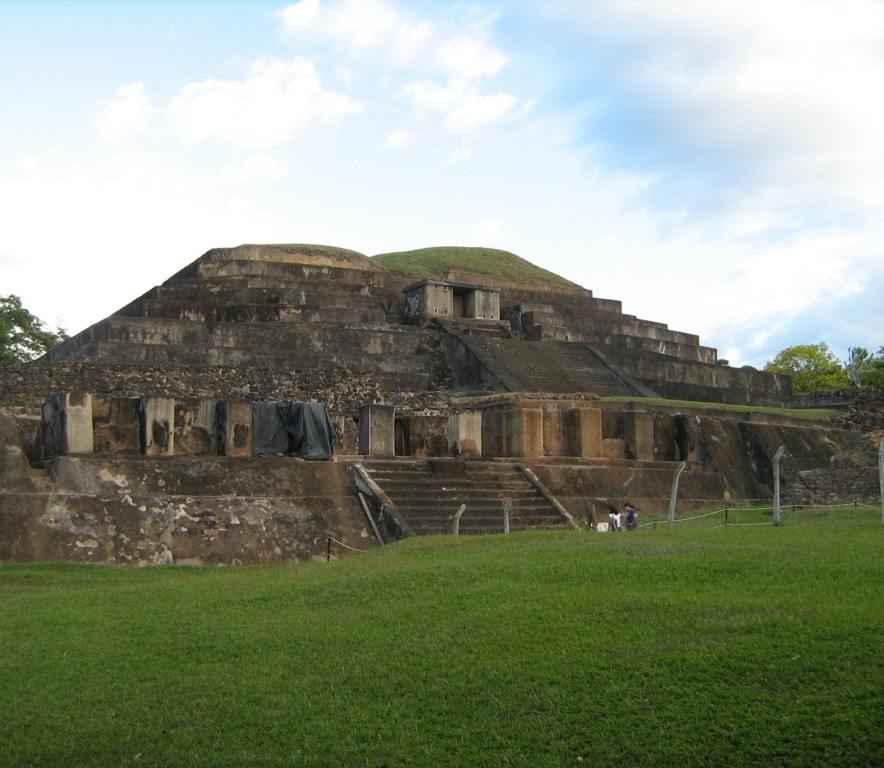Located in the town of Chalchuapa, Tazumal stands as a remarkable testament to the Mayan civilization’s ingenuity and artistry. This archeological site reveals a complex history spanning from as early as AD 100 to about AD 1200. The main structures at Tazumal are the result of different construction phases, with each layer unveiling a piece of Mayan culture and customs. Visitors can witness the sophisticated designs of the step pyramids, which are indicative of the Mayan’s astronomical knowledge and religious rituals. Distinctive features such as intricate carvings and ballcourts offer a window into the ceremonial aspects of the Mayan way of life.
Historical Places
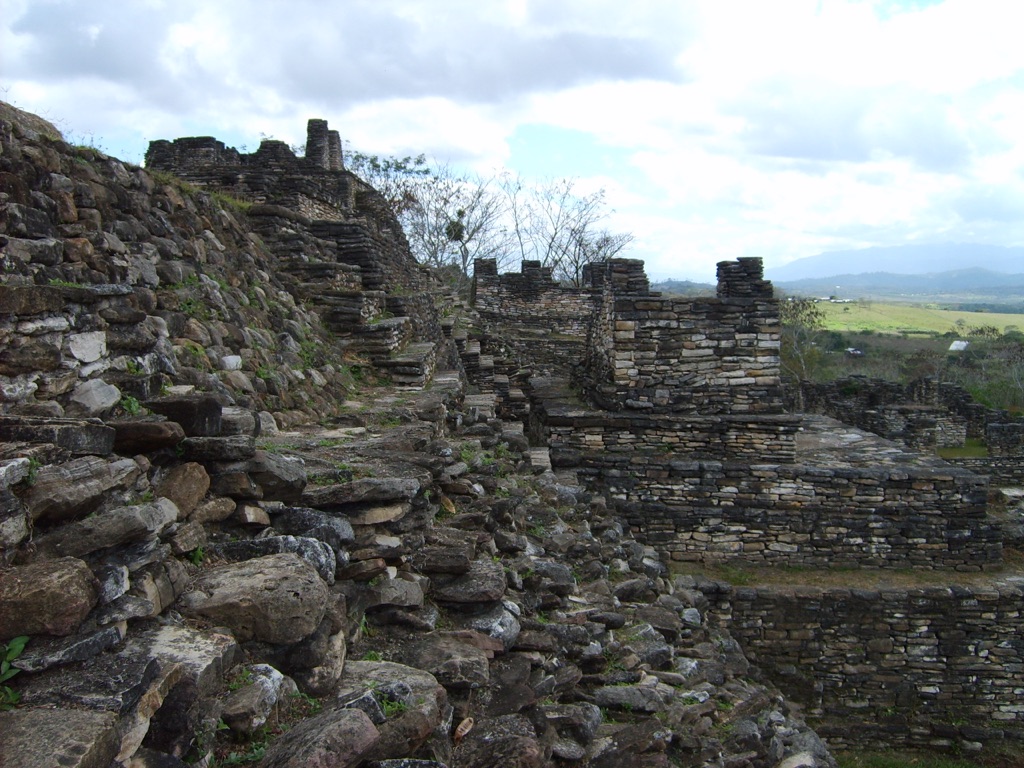
Toniná
Nestled in the lush Chiapas highlands, the Toniná Archaeological Site stands majestically. This ancient Maya city tells a story of power and astronomical wisdom. Unlike other Maya ruins, Toniná boasts a unique vertical design. It consists of towering pyramid structures and intricate carvings. These reveal the city’s unmatched military prowess and cultural vitality. Scholars believe Toniná’s peak era spanned the 6th to the 9th centuries. Here, rulers conducted significant ceremonies and established their dominance. Exploring the site’s ball courts and temple-pyramids, visitors can feel the vibrancy of ancient Mesoamerican life.
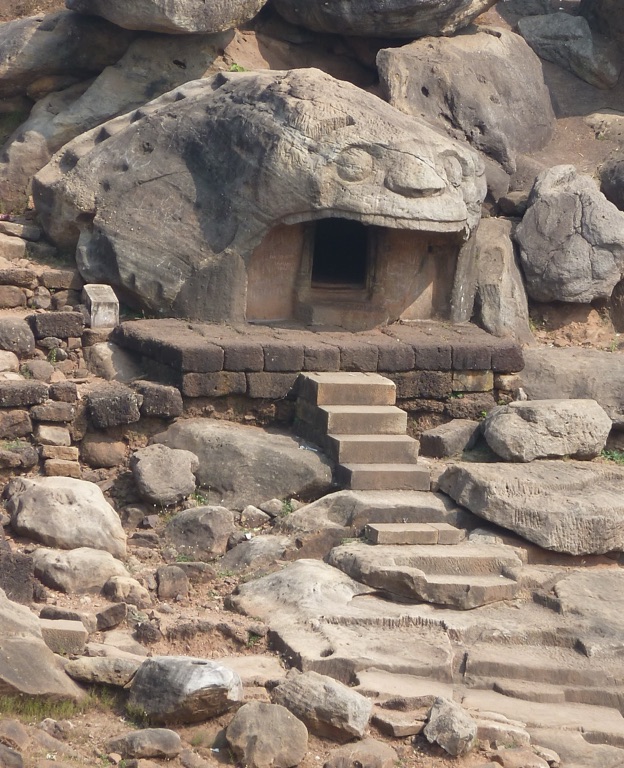
Vyaghra Gumpha
Vyaghra Gumpha, nestled within the ancient Udayagiri Hills, stands as an enduring legacy of India’s rich cultural heritage. This historical site, with its intricate rock-cut architecture, offers a window into the past life of ascetics and royalty. Known for its ‘Tiger Cave’ due to the carved tigers that stand as guards at its entrance, Vyaghra Gumpha has been a destination for scholars and history enthusiasts alike. The cave serves as a testament to the skills of bygone artisans and their mastery of early Indian craftsmanship.
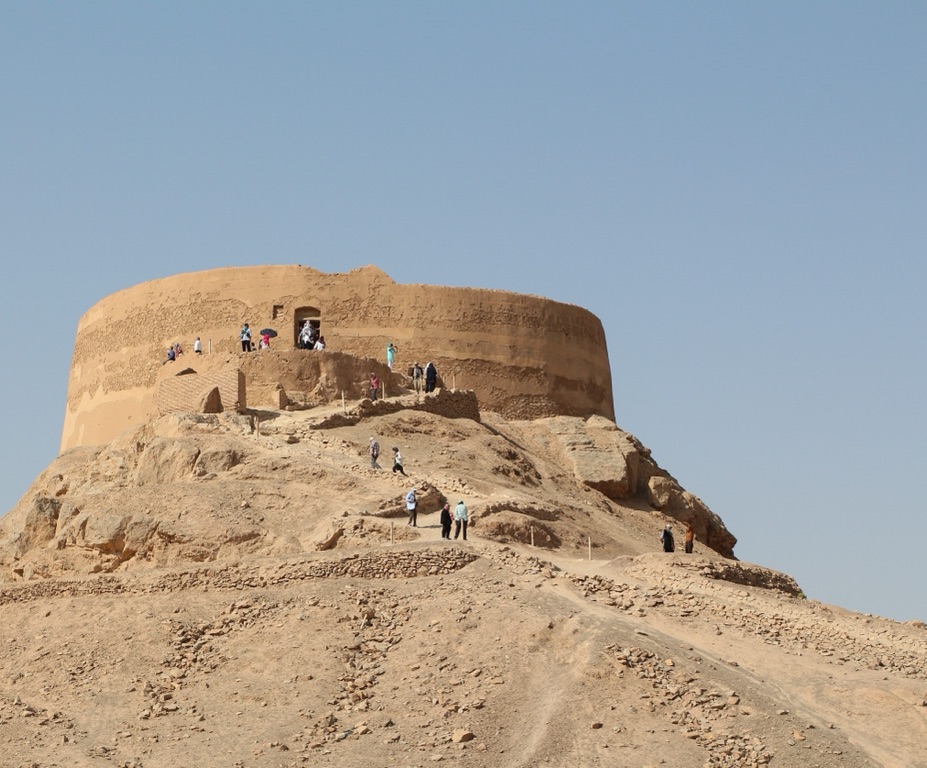
Tower of Silence Yazd
The Tower of Silence, or Dakhma, is an ancient structure with a solemn purpose nestled on the outskirts of Yazd, Iran. It stands as a testament to the Zoroastrian tradition of sky burial, where the deceased were left to the elements atop raised circular platforms. This practice, deeply respectful of the earth by not contaminating it with human remains, dates back centuries and speaks to the Zoroastrian belief in purity. The Towers of Silence in Yazd, largely unused today, continue to evoke curiosity and reverence, attracting visitors seeking to understand the ancient rituals and beliefs of Zoroastrianism.
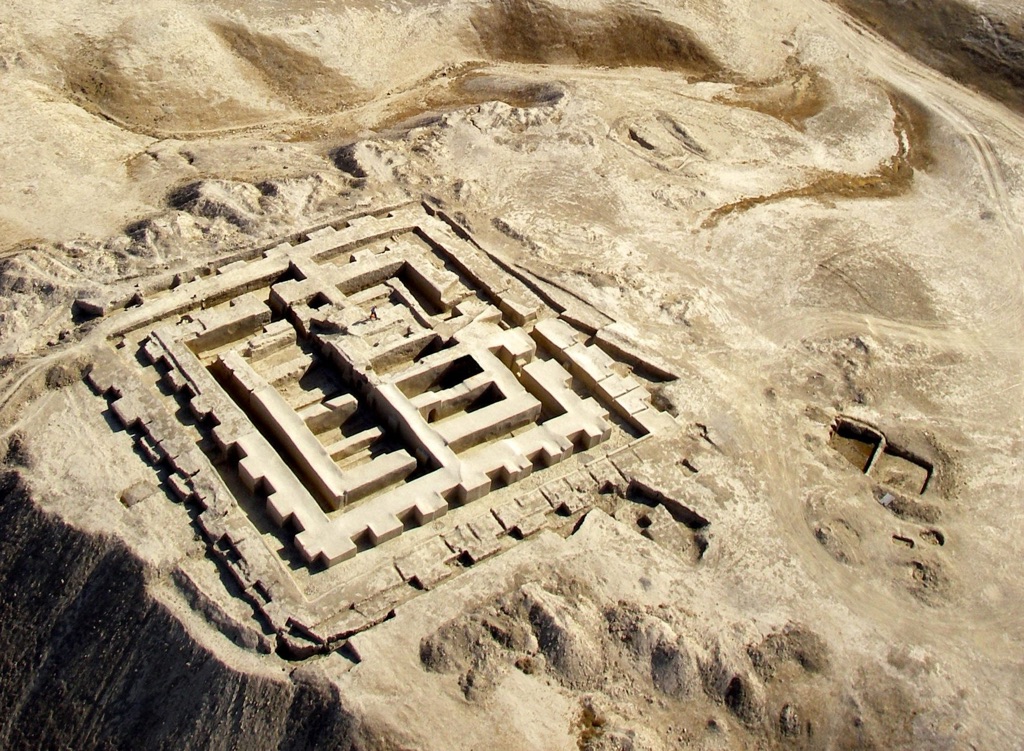
Ulug Depe
Ulug Depe, a monumental historical site, offers a glimpse into ancient civilizations. It stands as proof of human ingenuity and determination. This archaeological masterpiece reveals the culture and lifestyle of people from millennia ago. Visitors marvel at its ancient urban planning and complex structures. The site showcases remnants of sophisticated architecture and artifacts. These findings provide insights into the societal structure of that era. Ulug Depe is not just a place of historical significance. It’s a testament to the enduring legacy of the past.
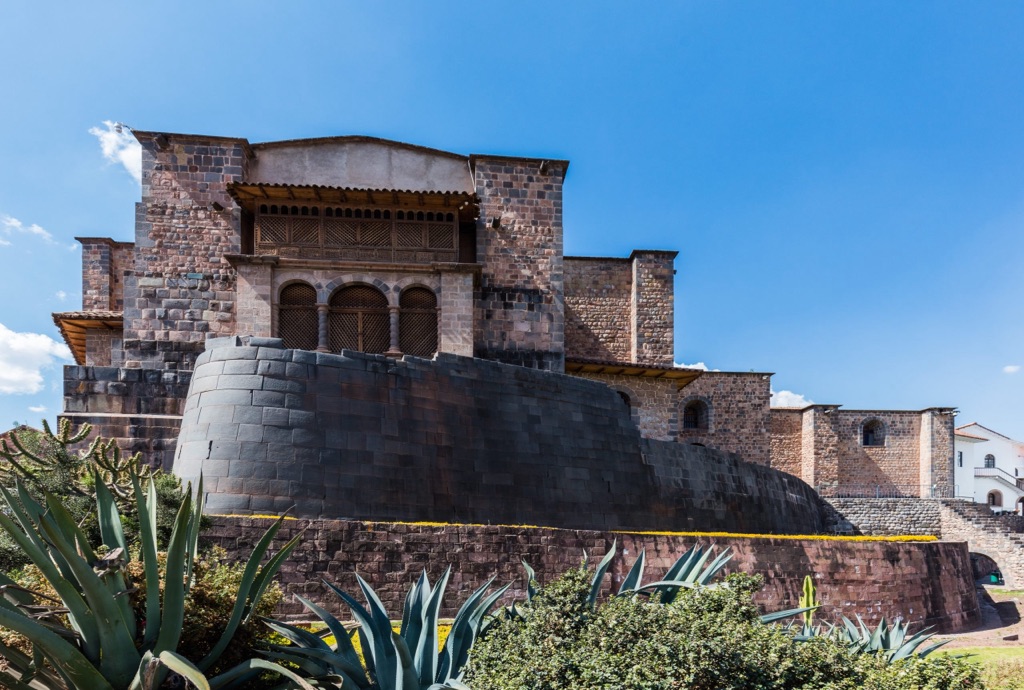
Coricancha
Coricancha, also known as the ‘Golden Temple,’ is a significant historical site located in Cusco, Peru. This ancient Inca temple was once the most important temple in the Inca Empire, dedicated primarily to Inti, the Sun God. The walls and floors were once covered in sheets of solid gold, and its adjacent courtyard was filled with golden statues. Spanish reports tell of its opulence that was ‘fabulous beyond belief’. Today, all that remains is the masterful stonework, a testament to the Inca’s advanced architectural skills and aesthetics.

